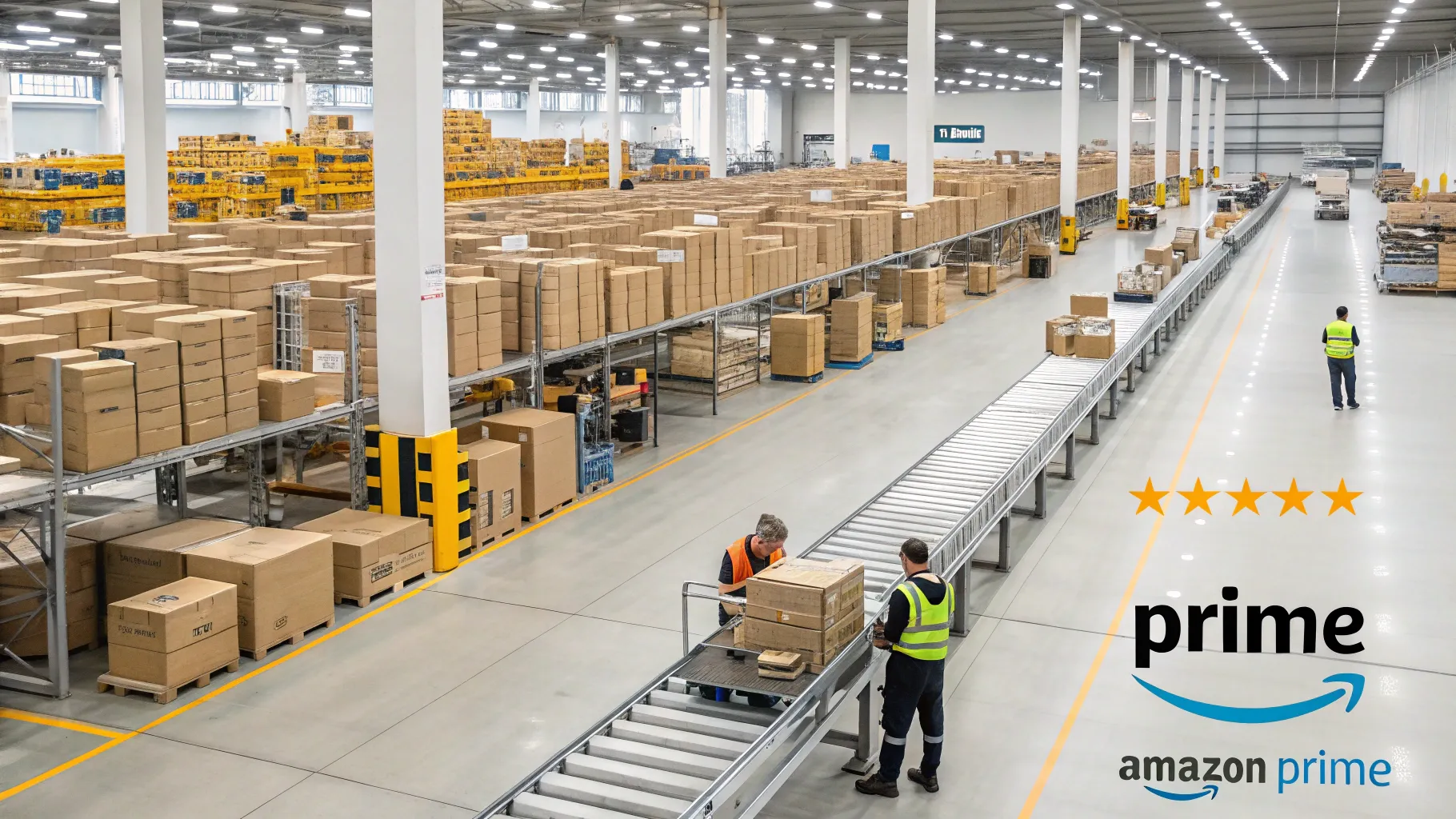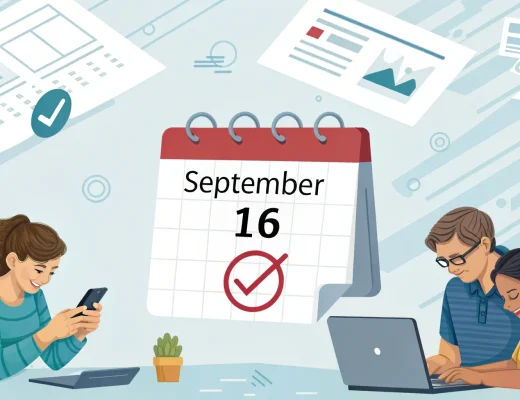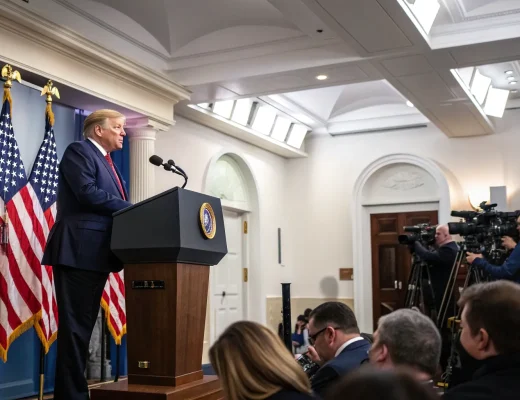Amazon’s Prime program sits at the center of modern consumer habits, with scale and reach few services can match. The company’s membership program, which bundles shopping, entertainment, and delivery, now counts nearly 200 million paying users worldwide. That size gives Amazon uncommon influence over e-commerce, streaming, and retail, shaping how people shop and watch at home and on the go.
The program’s growth signals a shift in what people expect from
subscription packages. It also raises questions about pricing, competition, and the value that households can derive from a single monthly fee.
How Prime Grew Into a Retail Powerhouse
Prime launched in 2005 as a simple shipping plan. Over time, it added video, music, reading, grocery delivery perks, and members-only deals. Each addition helped reduce churn and pushed the
service from a shipping perk to a daily habit.
In the United States, the price has climbed over the years as features expanded. Even with increases, uptake continued because members often recoup the cost in shipping and streaming value. The program has also expanded internationally, with local versions tailored to delivery networks and content rights.
“Prime is the world’s biggest subscription service with nearly 200 million paying members.”
That reach turns
Prime Day and holiday events into retail moments that ripple across the industry. Competing stores and platforms now counterprogram with their own sales to hold share.
What Members Pay For
Prime’s appeal rests on bundling multiple services into a single fee. Members get faster delivery and a wide media catalog. The blend makes it harder for rivals to compete with a single-feature pitch.
- Fast and often free shipping on eligible items
- Access to Prime Video film and TV library
- Music, reading, and gaming perks
- Members-only deals and seasonal events
This mix also provides Amazon with additional ways to keep users engaged. If one benefit
loses appeal, another may keep a household enrolled.
Pricing Moves and Member Sentiment
Price adjustments have tested loyalty, especially as inflation pressures budgets. Amazon introduced ads in Prime Video in many markets, with an additional fee to opt out of them. That change asked members to reassess the value of the bundle. Some
customers welcomed lower base prices for content supported by ads, while others saw it as paying more for the same shows.
Analysts note that Prime’s high engagement often blunts cancellations after changes. Members who rely on quick delivery for essentials weigh the cost against time saved and delivery fees avoided.
Pressure on Competitors and Partners
Prime’s scale affects retailers, streaming platforms, and logistics firms. Big-box chains now offer their own memberships to lock in repeat spending, such as free shipping or gas discounts. Streaming-only services have responded with ad tiers and bundles to keep users who are trimming bills.
For sellers on Amazon’s marketplace, Prime eligibility can
boost sales. But it also ties them to Amazon’s logistics standards and fees. Brands
weigh the exposure against the costs and the risk of relying on a single channel.
Regulators Watch the Playbook
As Prime adds features, regulators in the United States and Europe have examined how people enroll and cancel. The focus includes checkout design and whether the process is easy to understand. Amazon has made changes to address these concerns in some regions, including clearer flows and simpler wording.
Consumer groups continue to
push for transparent pricing and opt-out controls as more digital services move to bundles.
What Comes Next
Several trends will shape Prime’s path. First, streaming competition remains fierce, and content spending must match member expectations. Second, delivery speed and reliability will be tested by rising shipping costs and sustainability goals. Third, international growth depends on local logistics and media rights, which vary widely.
There is also the question of how much more a bundle can hold before it confuses buyers. Simple pricing, clear feature tiers, and flexible options can help maintain high satisfaction levels.
Prime’s scale gives Amazon leverage across retail and media that few can match. The program’s future will hinge on how well the company balances price, content, and delivery with clear, user-friendly terms. For households, the math still comes down to time saved and value used each month. For rivals, the task is to match that daily utility without the same breadth of services. Watch for pricing moves, content shifts, and new member perks as Amazon aims to keep nearly 200 million customers in the fold.





